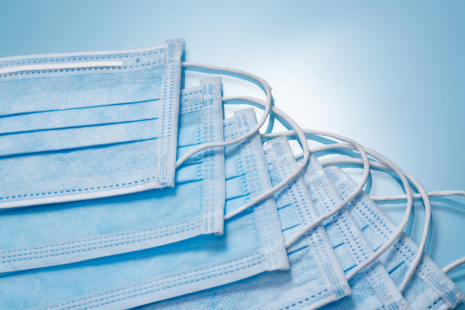Address:Room 906, building 6, SIIC Center, No.195 Hong Kong East Road, Laoshan District, Qingdao city, Shandong Province, China
E-mail:info@deltachem.net
What is polypropylene fiber?
Polypropylene fiber is kind of synthetic fiber spun from isotactic polypropylene, which is polymerized by propylene.
What are the main categories and applications of polypropylene fibers?
Polypropylene fibers contains long fiber type, staple fiber type, melt-blown nonwoven, etc.
①Polypropylene long fiber has the characteristics of good luster, drapability and soft handfeel, so it is used as an ideal material for clothing and textile industry, such as high-grade sportswear, T-shirt, etc.
②Polypropylene staple fiber blended with cotton, can be made into propylene cotton fine cloth, bed sheet, blanket, carpet, etc.
③The fiber produced by melt-blown nonwoven processing is very fine(up to 0.25μm). Melt-blown fabric has a large specific surface area, small pores and large porosity, so its filtering and fine shielding properties are far better than those produced by other technologies. Nowadays, most of the medical grade masks for virus prevention are made of this non-woven material.

Do you know the key benefits of polypropylene fiber?
①Light weight
The density of polypropylene fiber is about 0.90-0.92 g/cm3, which is the lightest of all synthetic fibers, 20% lighter than nylon and 30% lighter than polyester. Therefore, it is suitable for making the wadding and fabric of winter clothes, such as ski suits and mountaineering suits.
②High strength, good elasticity, wear resistance and corrosion resistance
Because of its high strength and good wear resistance, it is an ideal material for fishing nets and cables.
Some application restrictions:
①Poor thermo-stability and aging resistance
Polypropylene fiber has poor thermal and aging resistance, so most of polypropylene fibers can not withstand ironing. But it can be improved by adding antioxidants and HALS stabilizers during spinning.
②Poor hygroscopicity and staining
Most of polypropylene fibers are produced by pre-spinning coloring. Its chromaticity and color fastness can be improved by dope dyeing and fiber modification.

How to improve the thermal and light aging resistance of polypropylene fibers?
Due to there are large number of tertiary carbon atoms in the polypropylene molecules, it is very unstable under the influence of external factors such as heat and light, and is susceptible to oxidative degradation.
Antioxidants play a vital role in improving the thermal stability of fibers during production, processing and post-processing. Hindered phenolic antioxidants are mainly used in polypropylene fibers. Such antioxidants can prevent thermal oxidative degradation with the free radical capture mechanism to stabilize the mechanical properties of fibers.
UV Light resistance can be achieved by adding HALS stabilizers, or in the UV resistant finishing stage of textiles. Polypropylene fibers modified by post-treatment and additives have better color fastness and durability.
OMNISTAB additives for Polypropylene fabric
Product name | CAS NO. | Key benefits |
OMNISTAB LS944 | 71878-19-8 | Good extraction resistance, low volatility and high safety. |
OMNISTAB LS119 | 106990-43-6 | HALS with large molecular structure, which has low volatility and high anti-migration in fabrics. Widely used in melt-blown nonwoven fabric of medical grade mask to maintain the bacterial barrier performance. |
OMNISTAB LS292 | 41556-26-7 82919-37-7 | Liquid HALS stabilizer, suitable for water-based textile finishing agent to improve the thermal stability of textiles. |
OMNISTAB UV1130 | 104810-48-2;104810-47-1;25322-68-3 | Liquid benzotriazole UV absorber. Easy to be emulsified and dispersed in water-based textile finishing agent to improve the weatherability of textiles, and it usually used together with OMNISTAB LS292. |
OMNISTAB UV3529 | 193098-40-7 | Highly efficient light stabilizer, good compatibility with polypropylene fibers, and can be added alone or combined with HALS. |
OMNISTAB AN1425 | 65140-91-2 | Hindered phenolic antioxidant, which improves long-term thermal stabilization in fiber processing. Suitable for high temperature processing environment. |
For more information about polypropylene fiber modification and the above product , please consult our business personnel and technical team, or visit our official website. Looking forward to your inquiry!